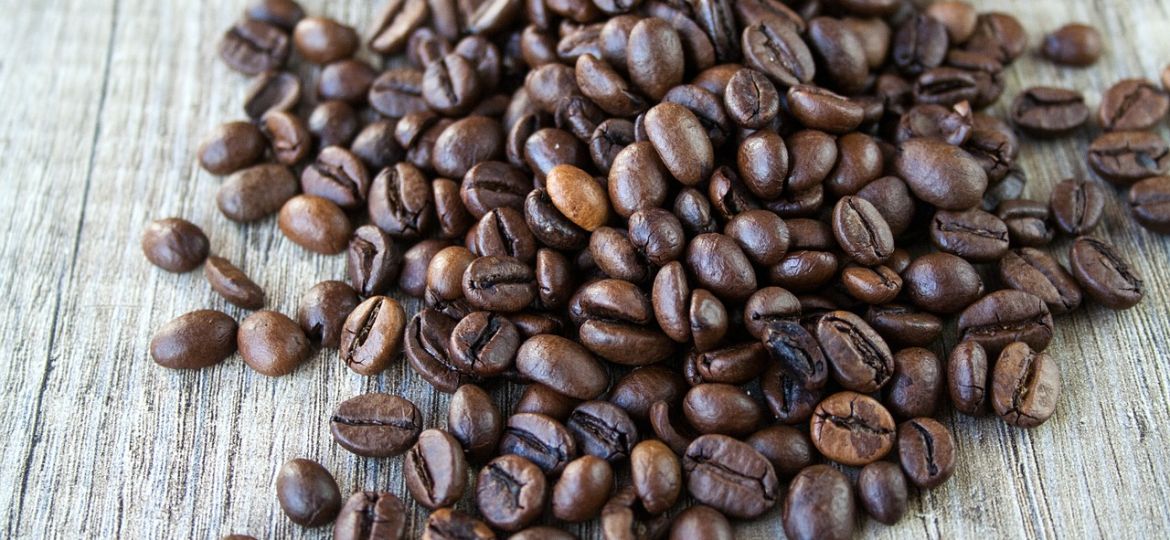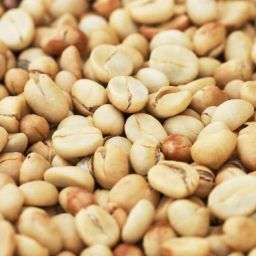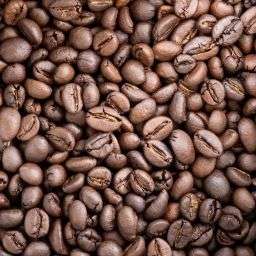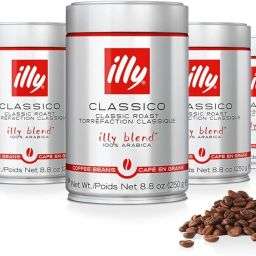
Dominican Republic coffee beans stand as a testament to the island’s rich agricultural heritage, offering a unique taste profile that distinguishes them on the global stage. Renowned for their balanced acidity, full body, and rich aromas, these beans encapsulate the essence of the island’s diverse microclimates. Each bean tells a story of tradition, quality, and the passion of Dominican coffee farmers, making Dominican coffee a cherished commodity among connoisseurs worldwide.
History of Coffee in the Dominican Republic
Coffee’s journey in the Dominican Republic began in the early 18th century, quickly becoming a cornerstone of the island’s agriculture. By the late 1700s, coffee had cemented its place as a vital crop, second only to sugar in economic importance, despite the dark shadow cast by its reliance on slave labor.
The 19th century saw coffee’s ascendancy, particularly in the southern mountains of Valdesia, which emerged as the heartland of Dominican coffee production. The industry faced turmoil in the late 20th century due to global coffee price fluctuations, prompting many farmers to diversify their crops.
However, coffee remained a steadfast part of Dominican agriculture, with Valdesia eventually gaining a protected designation of origin from the European Union, signifying the premium quality of its coffee beans. Today, despite challenges, Dominican Republic coffee beans are celebrated for their distinct flavors, a testament to the island’s enduring coffee legacy.
Types of Coffee Beans in the Dominican Republic
The Dominican Republic is renowned for its Arabica coffee varieties, which contribute to the country’s reputation for producing coffee with distinct and refined flavors. Among these, Typica, Caturra, Catuaí, Bourbon, and Mundo Novo stand out for their superior quality.
Typica is known for its sweet and well-balanced profile, while Caturra offers a more complex and vibrant cup, often with citrus-like acidity. Catuaí beans are appreciated for their versatility and resilience, producing a consistent and satisfying flavor. Bourbon beans are celebrated for their deep, resonant flavors, often with hints of chocolate. Mundo Novo, a hybrid, brings robustness and a rich taste, combining the best attributes of its parent strains.
Coffee Growing Regions
The Dominican Republic’s coffee-growing regions are as diverse as the flavors of the beans they produce. Barahona, located in the southwest, is famed for its rich, full-bodied coffee with a perfect balance of acidity and sweetness. The Cibao region, spanning the central part of the island, produces beans with nutty and chocolatey notes, appreciated for their low acidity, making them ideal for espresso.
Other notable areas include Azua, Baní, and San Jose de Ocoa, each contributing unique characteristics to their coffee due to varied microclimates and soil compositions. Azua is known for its fertile land, yielding beans with a savory profile, while Baní’s beans are recognized for their smooth texture and rich flavor, enhanced by the region’s abundant rainfall. San Jose de Ocoa’s coffee stands out for its robust flavor, a result of the optimal growing conditions afforded by its climate.
Cultural and Social Aspects of Coffee Production
In the Dominican Republic, coffee is more than a crop; it is a cultural emblem, integral to social rituals and the economy. Coffee farms, or “cafetales,” often passed down through generations, are central to family and community life, embodying a rich heritage of agriculture and social cohesion.
The industry offers vital employment, especially in rural areas, where small-scale farming prevails. These traditional farming practices foster a deep connection among community members, preserving knowledge and customs through collective labor and shared experiences. Moreover, coffee serves as a social lubricant, a symbol of hospitality, and a medium for building connections, reinforcing its status as a cultural staple.
Challenges and Opportunities in Coffee Production
The Dominican coffee industry faces challenges, notably climate change, which threatens productivity and quality through altered weather patterns and increased pest activity. In response, farmers are adopting sustainable practices, such as agroforestry and investing in resilient coffee varieties to mitigate these impacts.
Another challenge is the limited access to resources and infrastructure, which constrains small producers’ ability to enhance productivity and market access. Conversely, the rising demand for specialty coffee opens new opportunities for Dominican producers to differentiate their products and access premium markets.
Organic certification has emerged as a significant opportunity, increasing revenue while promoting environmental stewardship and farmer welfare.
Brewing the Perfect Cup of Dominican Coffee
Dominican coffee can be brewed to perfection using both traditional and modern methods, each enhancing the coffee’s unique flavor profile. The traditional Dominican brewing method employs a “colador,” a cloth filter that resembles a small butterfly net. This method allows for a direct and intimate brewing process, capturing the coffee’s essence and delivering a cup rich in flavor.
Modern brewing techniques, such as the French press and pour-over, are also well-suited for Dominican coffee. These methods highlight the coffee’s balanced acidity and rich aromatics, offering a more refined tasting experience. Regardless of the technique, using freshly ground beans and maintaining the correct water temperature are crucial for extracting the best flavor.
Best Practices for Coffee Brewing and Storage
To ensure the freshest and most flavorful cup of Dominican coffee, proper storage and grinding are key. Coffee beans should be stored in an airtight container at room temperature, away from direct sunlight and moisture, to preserve their quality. Grinding the beans just before brewing is advisable to prevent oxidation, which can diminish the coffee’s flavor.
The grind size should match the brewing method to ensure optimal extraction. For example, a medium grind works well for drip brewers, while a coarser grind is better suited for a French press. Following these best practices can significantly enhance the coffee-drinking experience, allowing the distinct flavors of Dominican coffee to shine.
Recommended Dominican Coffee Brands and Blends
Among the plethora of coffee brands from the Dominican Republic, a few stand out for their exceptional quality and customer satisfaction. Cafe Santo Domingo is one of the most popular brands, revered for its well-balanced, full-bodied blends that often feature nutty, chocolate, and berry notes. Another notable brand is Kimera Koffee, which infuses its beans with vitamins to offer an extra energy boost along with great taste.
For those interested in exploring the nuances of Dominican coffee, Barahona Coffee Company offers beans from the southwestern region, known for their rich flavor and balanced acidity. Each of these brands showcases the diversity and richness of Dominican coffee, catering to a wide range of preferences and palates. Exploring these recommended brands is a great way to experience the full spectrum of flavors that Dominican Republic coffee has to offer.
FAQs
Why is Dominican coffee special?
Dominican coffee is celebrated for its unique flavor profile, attributed to the island’s varied microclimates and rich soil. These factors contribute to producing beans with a balanced acidity, full body, and distinctive aromas, ranging from earthy and nutty to chocolatey and fruity. The commitment to traditional farming methods also plays a crucial role in preserving the coffee’s authenticity and quality.
How to brew Dominican coffee at home?
Brewing Dominican coffee at home can be done using traditional methods like the “colador,” a cloth filter, or modern techniques such as the French press or pour-over. The key to a perfect cup lies in using freshly ground beans and the correct water temperature.
For a traditional brew, bring water to a boil, add ground coffee to the colador, and pour the hot water through it into a cup. For modern methods, follow the specific instructions for your brewing device, ensuring the grind size matches the technique for optimal flavor extraction.
Final Thoughts
Dominican Republic coffee beans encapsulate a rich tapestry of flavor, tradition, and culture, making them a prized commodity in the global coffee community. Their distinct qualities, from the varied flavor profiles to the meticulous care in cultivation and processing, showcase the island’s dedication to coffee excellence.
The cultural significance of coffee in the Dominican Republic further enriches its appeal, offering coffee enthusiasts around the world a taste of the island’s heritage in every cup. As Dominican coffee continues to gain appreciation globally, its unique character and enduring charm affirm its place among the world’s premier coffee origins.









